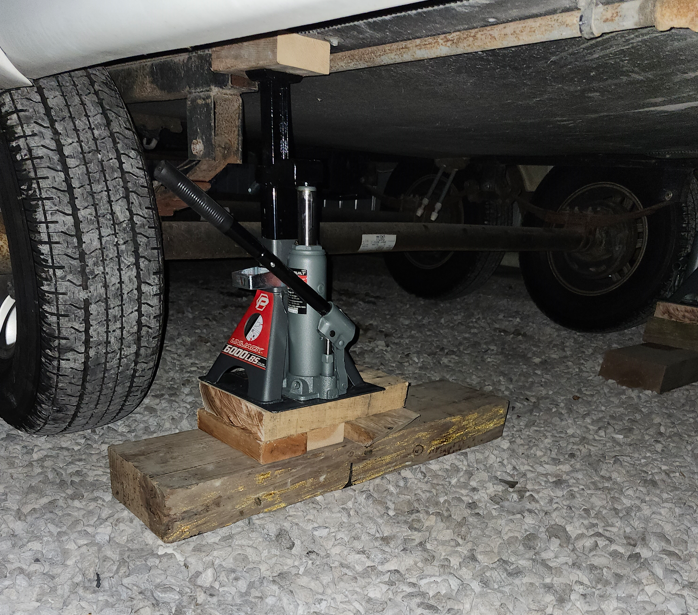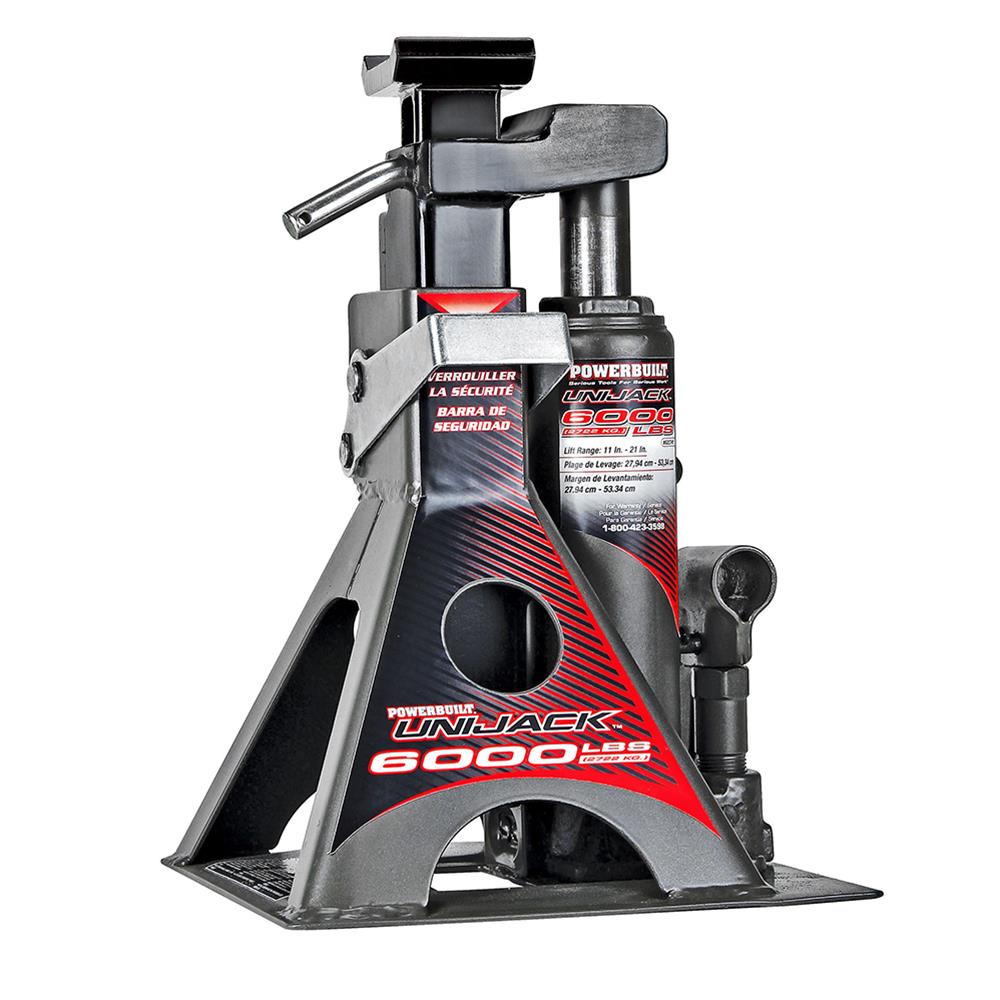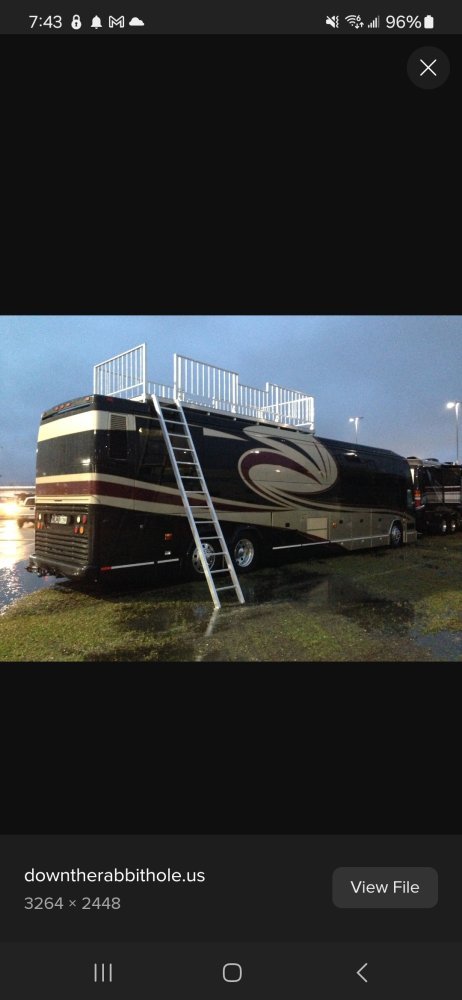Will L.
Well-Known Member
Meh- run the scissor jacks and use jackstands. If the scissor jack isn’t strong enough to lift the trailer, then replace them at that point.
I have had the T handle jack stands for years. They work but it is annoying cranking them around for ever, both up and down. A buddy bought the electric tongue jack- uses it to unhitch, then drops front of his camper low as possible. Sets T handle jack stands in rear then electric raises the front and sets those in place.
His won’t raise the tires off the ground- just makes it easier to get trailer stable & level.
I do same thing with my hand crank one on my little 14’ camper. But already decided if we get rid of this one for another (in other words start camping again because already decided this one doesn’t cut it for us) I am gonna get some heavy duty scissors at the corners and just use a cordless drill on them.
I have had the T handle jack stands for years. They work but it is annoying cranking them around for ever, both up and down. A buddy bought the electric tongue jack- uses it to unhitch, then drops front of his camper low as possible. Sets T handle jack stands in rear then electric raises the front and sets those in place.
His won’t raise the tires off the ground- just makes it easier to get trailer stable & level.
I do same thing with my hand crank one on my little 14’ camper. But already decided if we get rid of this one for another (in other words start camping again because already decided this one doesn’t cut it for us) I am gonna get some heavy duty scissors at the corners and just use a cordless drill on them.





